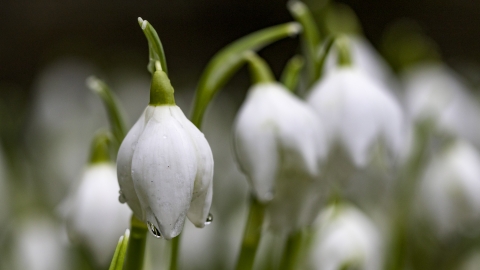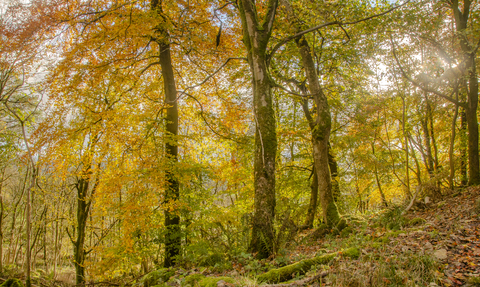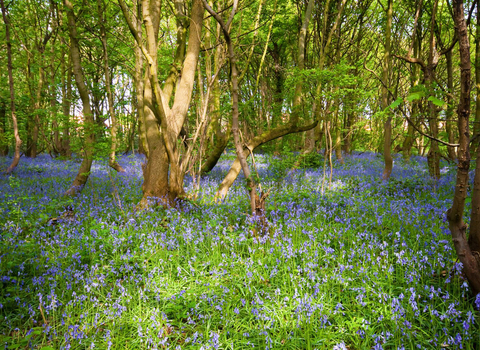
Hedgehog by Tom Marshall

Song Thrush © Nidge Nilsen 2019


Damian Waters / Drumimages.co.uk
Owl Wood and Pit Plantation
Location
Know before you go
Dogs
Please respect the resident wildlife and keep dogs on a short lead.
When to visit
Opening times
Open at all times. We recommend a 1 hour trip for this reserve. For a longer outing why not combine with our other Lower Aire Valley reserves or the Lines Way, as well as the RSPB’s St Aidan’s or Fairburn Ings reserves.Best time to visit
March to SeptemberAbout the reserve
Owl Wood and Pit Plantation are two connected woodlands, linked to a network of reserves by the Lines Way. Owl Wood is believed to have been wooded since the late 18th century and today it’s dominated by sycamore, oak and silver birch. Pit Plantation is younger but still more than 100 years old, having been documented in a 1913 map of Allerton Bywater.
The woods offer a sheltered retreat for wildlife. If you visit during the day, look out for treecreepers climbing the gnarly old trees to find insects. You’ll also notice bat boxes high in the trees, which are surveyed by Leeds City Council. At dawn or dusk in spring and summer, it’s a bat bonanza: Leisler’s, common and soprano pipistrelle, noctule and Daubenton’s bats have all been recorded here. The best way to tell the difference is through their calls, using a bat detector. Learn how to use one on one of our guided walks.
In autumn and winter, you can see and hear songbirds throughout the woods. Red kites and buzzards are commonly seen in the area – watch for them soaring overhead. As winter starts to hint at the arrival of spring, snowdrops pop up, with a beautiful display of bluebells following them as the season gets underway. Sheffield Beck passes through the edge of the reserve – one of many local waterways in the once-industrial but now wildlife-rich Lower Aire Valley. This is also a good place simply to pause, take a breath and enjoy being surrounded by the trees.
Species
Habitat
Contact us
Did you know?
Bats can fly in the dark by using echolocation – using sound waves to work out where things are – and each species has a different frequency.

The autumn colours were even more beautiful when the sun came out
Photo Credit - Telling our Story Volunteer, Sara


